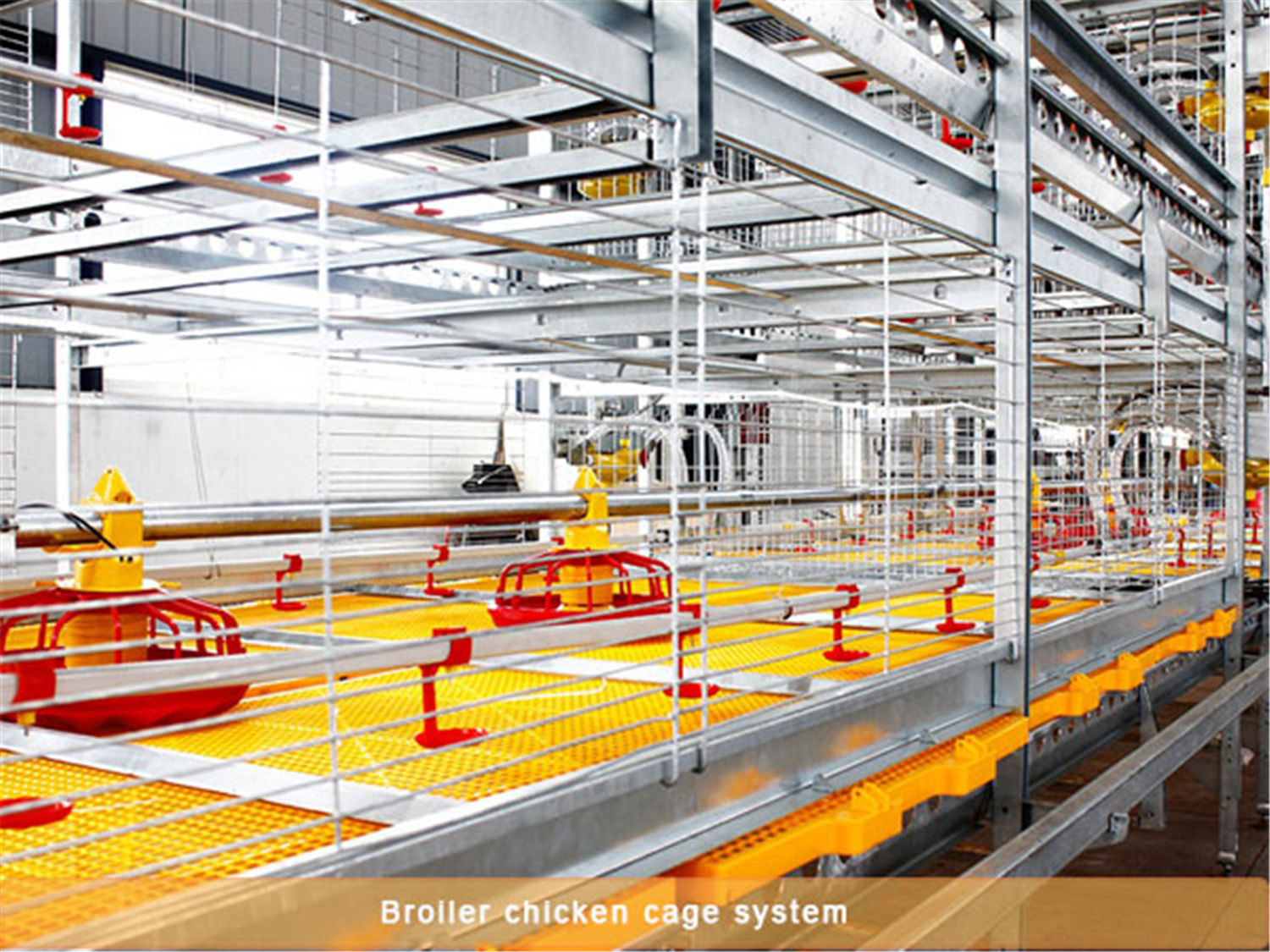In the process of developing poultry farming projects in broiler chicken cages, it is hoped that the nutrients contained in each feed that chickens eat are balanced. Otherwise, the flock will suffer from malnutrition, nutrient deficiency or poisoning. Therefore, the feeding formula of the chickens in the automatic broiler cage can be stirred evenly to meet the nutritional needs of the chickens.
There are two methods of feed mechanical mixing and manual mixing. As long as it is used properly, satisfactory results can be obtained.
- The broiler cage feed is mechanically mixed, using a broiler cage mixer. Commonly used broiler cage mixers are vertical and horizontal.
The vertical mixer is suitable for mixing powdered feed with a water content of less than 14%. If the water content is too high, it is difficult to mix evenly. This kind of broiler cage mixer requires small power and is easy to maintain, but the mixing time is long (generally 10-20 minutes per batch), which is suitable for chicken farmers and small chicken farms.
The horizontal mixer can mix the broiler cage feed evenly in areas with relatively humid climates or when strong viscous ingredients (such as grease) are added to the feed. The machine has a short mixing time, 3-4 minutes per batch, and is mainly used in some feed processing plants. No matter what kind of broiler cage mixer is used, in order to stir evenly, the charging amount must be appropriate. Too much or too little charging cannot be uniform. Generally, 60%-80% of the capacity is suitable for charging. The mixing time is also an important factor related to the mixing quality. The mixing time is too short, but it is not the longer the better. If the mixing is too long, the feed will be mixed evenly and then cause stratification due to excessive mixing.

- Manual mixing is the main method of feed mixing when raising chickens at home.
When mixing, be careful and patient to prevent some trace ingredients from clumping and agglomerating. Uneven mixing will affect the feeding effect.
When manually mixing chickens in battery cages for broiler, special attention should be paid to some trace components that account for a small proportion in the diet but will seriously affect the feeding effect. Such as salt and various additives. If the mixing is not uniform, the feeding effect will be affected in the light, and the chickens will be poisoned or even die in serious cases.
For such trace components, the broiler cage feed must be fully crushed when mixing, and there should be no agglomeration. The agglomerates may be poisoned after being eaten by the chickens. Secondly, due to the small amount of such ingredients, they cannot be directly added to bulk feed for mixing, but should be pre-mixed.
The method is: take 10%-20% of the concentrate (which is a large proportion of energy feed, such as corn) as a carrier, and stack it in addition, and press the feed of the next shovel on the feed put down by the previous shovel, that is, go all the way to the feed. The feed is placed on the top, and the feed flows around the center point to form a cone, so that various broiler cage feeds have the opportunity to mix. Repeat this 3-4 times to achieve the purpose of mixing evenly, and the premix is ready. This premix is then added to the whole feed and mixed 3-4 times in the same way to achieve the purpose.
